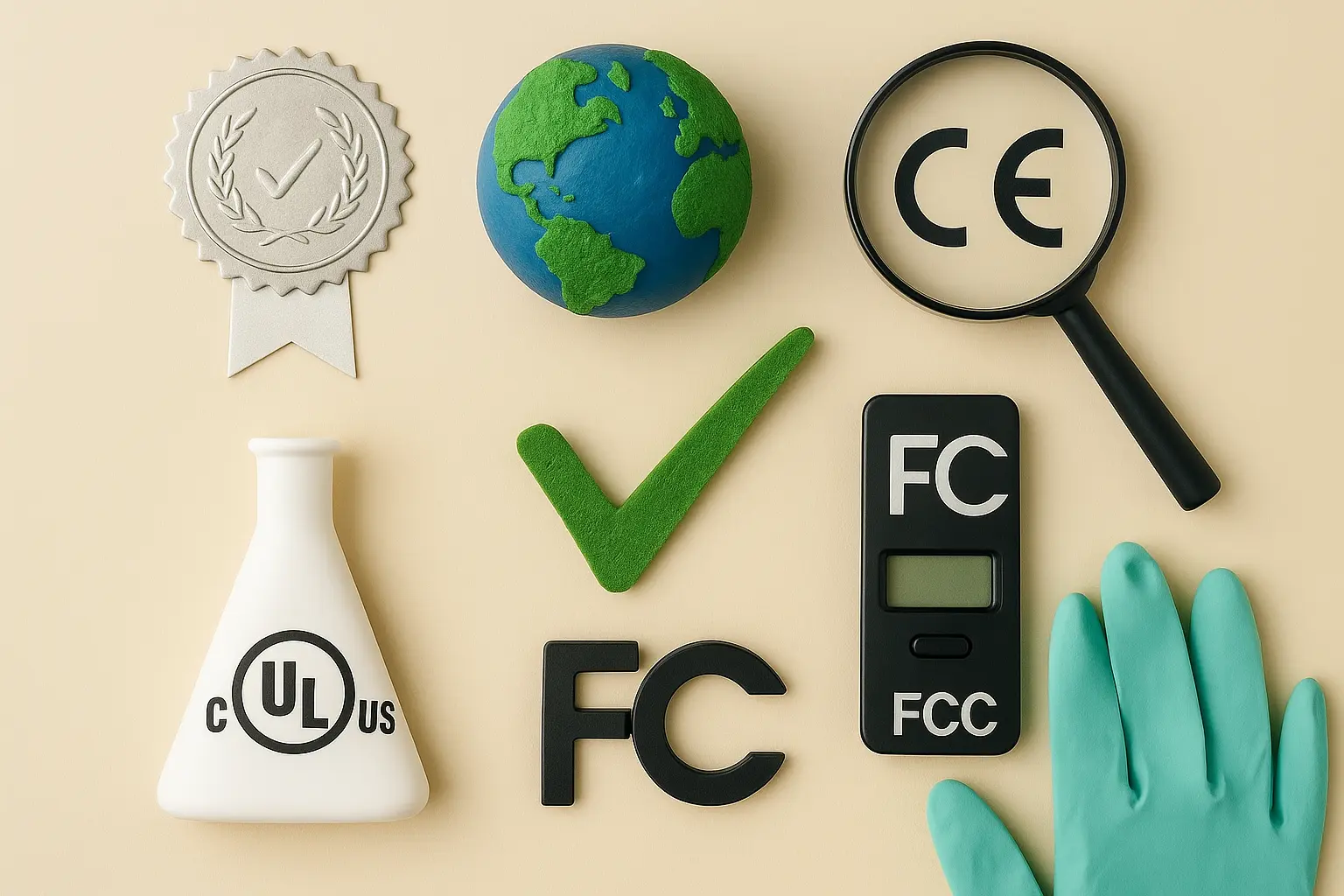Water Footprint Product Certification
The water footprint is a measure of the total volume of freshwater consumed (directly and indirectly) to produce goods or services. Water Footprint Product Certification ensures that products are manufactured with minimal environmental impact, particularly in terms of water usage. This certification helps companies meet sustainability goals by reducing their ecological footprint.
Water scarcity is a growing concern worldwide, and industries that rely heavily on water resources face increasing pressure to optimize their resource use. Water Footprint Product Certification provides a framework for quantifying the water used during production processes. This allows businesses to identify areas where they can reduce consumption and adopt more sustainable practices.
Industries such as agriculture, textiles, electronics, and manufacturing are prime candidates for this certification because their operations involve significant amounts of water. For instance, in textile manufacturing, the production process consumes vast quantities of water, which can lead to substantial environmental impact if not managed properly. By obtaining Water Footprint Product Certification, companies demonstrate their commitment to responsible resource management.
The certification process involves several key steps: initial assessment, baseline measurement, target setting, implementation plan development, monitoring and reporting, and continuous improvement. Each step is designed to ensure that the product's water footprint is accurately calculated and minimized throughout its lifecycle.
Water Footprint Product Certification aligns with international standards such as ISO 14046:2011, which provides guidelines for quantifying and communicating the environmental aspects of products. By adhering to these standards, companies can ensure that their certifications are recognized globally and contribute positively to sustainable development goals.
For quality managers, compliance officers, R&D engineers, and procurement professionals, Water Footprint Product Certification offers valuable insights into water usage patterns within supply chains and manufacturing processes. It supports decision-making regarding resource optimization strategies, helping organizations achieve both environmental and economic benefits.
Industry Applications
| Industry Sector | Key Water-Intensive Activities |
|---|---|
| Agriculture | Irrigation, crop cultivation, livestock feed production |
| Textiles | Fiber processing, dyeing and finishing processes |
| Electronics | Cleaning and etching in semiconductor manufacturing |
| Manufacturing | Production line cooling systems, chemical processing |
- Agriculture: Water used in irrigation and crop cultivation.
- Textiles: Water consumed during fiber processing and dyeing.
- Electronics: Water utilized for cleaning and etching processes.
- Manufacturing: Water used in production line cooling systems and chemical processing.
Why Choose This Test
Selecting the appropriate test method for water footprint assessment is crucial for obtaining accurate and reliable results. The choice of test depends on various factors including product type, production process, and geographical location.
For instance, in agriculture, a detailed irrigation audit may be necessary to understand how much water is being used per unit area. In contrast, textile manufacturers might focus more on analyzing dyeing processes using advanced laboratory techniques like spectrophotometry or colorimetry to measure the efficiency of water usage.
The test protocol typically involves collecting data over a specified period, which can range from days to years depending on the product lifecycle. This data includes information about raw material sourcing, transportation distances, processing stages, and final distribution channels.
Once collected, this data is analyzed using specific formulas derived from international standards such as ISO 14046:2011. These calculations provide a comprehensive picture of the total water footprint associated with each product. The results are then used to set targets for reducing future impacts and improving overall sustainability performance.
By choosing this test, organizations not only comply with regulatory requirements but also gain competitive advantages by showcasing their leadership in environmental responsibility. Consumers increasingly favor environmentally friendly products, making Water Footprint Product Certification an important factor in market positioning.
Quality and Reliability Assurance
The process of obtaining Water Footprint Product Certification involves rigorous quality assurance measures to ensure the accuracy and reliability of the results. These measures include:
- Independent audits conducted by certified third-party organizations.
- Regular verification of data collection methods and calculations against established standards.
- Ongoing training for personnel involved in conducting assessments.
- Implementation of corrective actions based on feedback from audits.
These steps help maintain high standards throughout the certification process, ensuring that certified products truly reflect best practices in water management. Independent audits provide additional layers of assurance that the data is accurate and transparent, thereby building trust with stakeholders.
Regular verification ensures that any changes in production processes do not compromise the integrity of the certification. Continuous improvement through ongoing training keeps personnel updated on new methodologies and technologies related to water footprint assessment.





